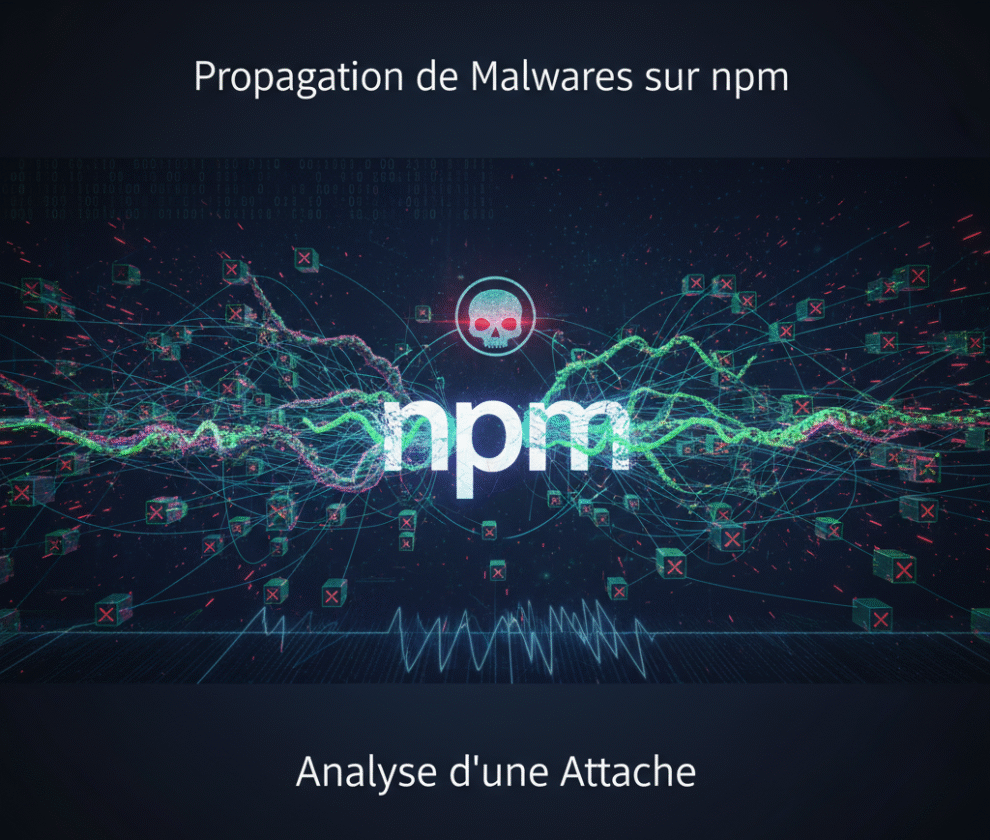Introduction
Ransomware attacks have rapidly become one of the most pressing cybersecurity threats in 2025. This menace affects organizations across all industries, including education, as evidenced by a recent incident with the website www.ccls.org. Understanding the mechanics of ransomware attacks is essential to preventing them. In this article, you’ll gain a thorough understanding of ransomware, prevention strategies, and effective measures to mitigate these threats.
What is a Ransomware Attack?
Ransomware is a type of malicious software designed to encrypt an organization’s or individual’s data, rendering files inaccessible until a ransom is paid. These attacks exploit vulnerabilities within systems and can lead to significant financial and operational disruptions.
It is projected that ransomware will cause damages amounting to $20 billion globally by the year 2025.
Cybercriminal groups like LYNX leverage advanced techniques to infiltrate their targets’ systems. These cyberattacks often focus on sectors that are less prepared, such as educational institutions.
Case Study: Chester County Library & District Center (CCLS) Attack
In October 2025, the cybercriminal group LYNX targeted CCLS, a public library in the United States, revealing that the site www.ccls.org was part of their victim list. This incident highlights the vulnerabilities of public institutions in the face of cyber threats.
While no evidence of sensitive data being exfiltrated was reported, the potential impact on public services and community trust remains considerable. The CCLS case serves as a stark reminder of the importance of proactive preventative measures.
Why Are Educational Institutions Targeted?
Educational institutions, including public libraries, are frequently targeted due to their limited security budgets and outdated technological infrastructures. Unfortunately, this sector often becomes a prime target for cybercriminal organizations like LYNX.
The key reasons include:
- Insufficient budgets for modern cybersecurity tools.
- Lack of cybersecurity awareness among staff members.
- High dependence on accessible data for daily operations.
Strategies to Prevent Ransomware Attacks
Protecting your organization from ransomware requires a comprehensive cybersecurity strategy. Below are essential measures to strengthen your defenses:
1. Vulnerability Assessments
Conduct regular audits of your IT infrastructure to identify and fix security gaps.
2. Employee Training
Educate your team about cybersecurity best practices, such as recognizing phishing attempts and handling emails securely.
3. Automated Backups
Implement automated processes to regularly back up critical data to secure environments.
4. Advanced Security Tools
Deploy robust anti-malware software and firewalls to thwart intrusion attempts effectively.
Steps to Take During an Attack
If your organization falls victim to a ransomware attack, the following steps can mitigate the damage:
- Isolate all infected systems to prevent the malware from spreading.
- Alert management teams and consult cybersecurity experts immediately.
- Avoid paying the ransom, as this does not guarantee data recovery and only incentivizes the attackers.
Conclusion
Ransomware remains a significant cybersecurity challenge, but by implementing robust practices and maintaining vigilance, you can reduce your organization’s risk substantially. At My Own Detective, we assist organizations in navigating these challenges with strategic analysis and advanced technology solutions. Protect your data and fortify your organization against cyber threats today.


